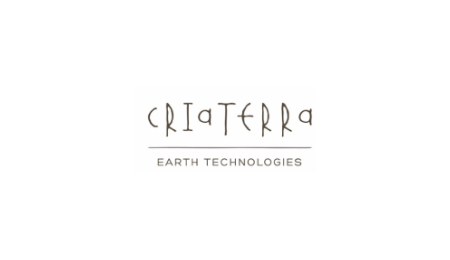What does gaming technology have to do with construction?
Epic Games is a 3D engine technology provider who operates Fortnite, one of the world’s largest games. It also develops Unreal Engine, which powers leading games and is adopted across industries such as film and television, architecture, automotive, manufacturing, and simulation.
Epic Games is a 3D engine technology provider who operates Fortnite, one of the world’s largest games. It also develops Unreal Engine, which powers leading games and is adopted across industries such as film and television, architecture, automotive, manufacturing, and simulation.
The Metaverse is a 3D social medium with a strong social platform open for creators to participate in. According to David Wier-McCall, AEC Business Development Manager from Unreal Engine Enterprise at Epic Games, companies that use the Metaverse to create digital twins have tremendous potential in revolutionizing the way we address the physical.
By using the Unreal Engine, companies can create architectural visualizations in a few clicks. These complex visualizations can provide an unmatched experience of the physical sphere, including growing trees, moving cars and a 3D real-time environment that helps planners to showcase or to communicate design ideas or information to their end users.
How exactly does it work? By using the powerful Metaverse tools of Epic Games and the Unreal Engine, planners can create custom-made and highly complex models. These models can include entire cities, countries, or even a simulation of the entire world. As such, these models can simulate the movement and the interaction of millions of people across the globe in the same place.
To do so, and to enable this Metaverse reality, Epic Games has focused on several key elements. The first is data aggregation, to make sure all the data used comes to the engine properly. The second is collaboration with multiple actors in the industry, to ensure a multi-user experience, with the cooperation of several construction organizations and companies. This collaboration is highly important to create a simple end user facing tool to allow them to create their own custom maps in their own models. Moreover, this collaboration can assist in showcasing design elements within this 3D world in a step-by-step process so end users or stakeholders will be able to better understand it.
Eventually, by leveraging rule-based algorithms, machine learning, and extremely powerful computing abilities, the Metaverse creates an interactive way to see modeling and data in more context. For example, the digital twin of the entire city of Wellington allows residents to see future developments around the city and complex information about it. This includes real-time transportation in the city, and even parking spaces which are free, providing users with unprecedented mapping and planning options.
David Weir McCall spoke at our Construction 4.0 conference in July 2021.
Photo credit: screenshot from David Weir McCall's presentation



